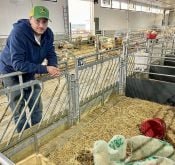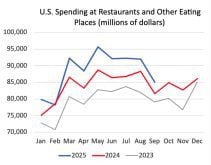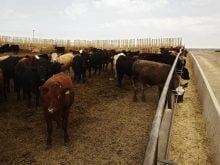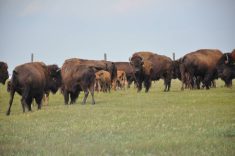Anthrax is back.
As predicted, the bacteria that caused a record number of livestock deaths in Saskatchewan and affected Manitoba and Alberta last year is riding a wave of damp soil conditions and has returned to kill more cattle.
In Manitoba a cow in the southeastern Rural Municipality of Stuartburn on the U.S. border has been confirmed as dying of an anthrax infection. It is Manitoba’s first of the summer season.
A few days later there was a second death, 1,185 kilometres to the west and within five km of the Alberta border near the Saskatchewan town of Neilburg.
Read Also
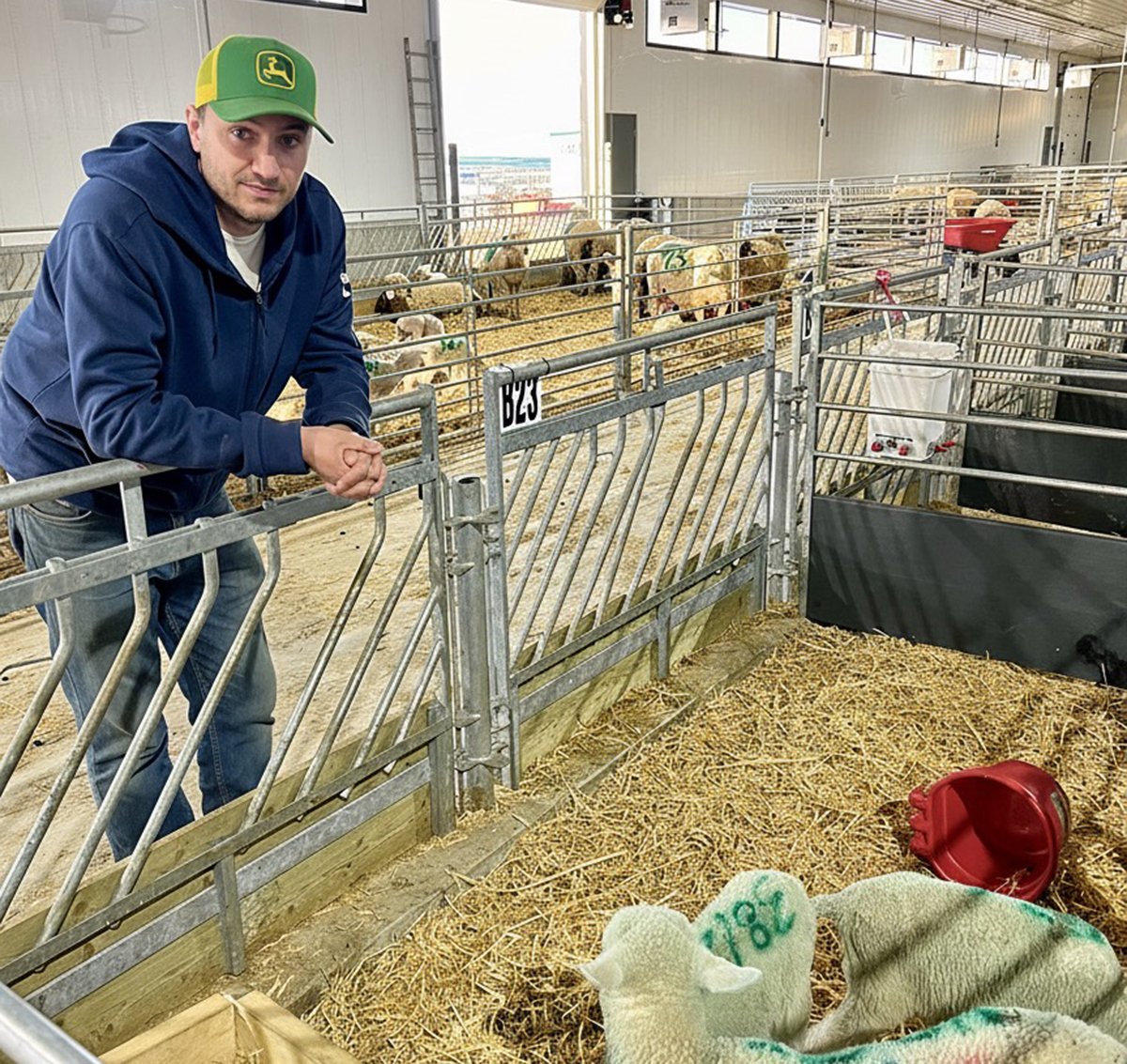
Solar, sheep provide valuable farm diversification
Eric Steeves says raising sheep on forages grown under solar panels provided economic stability and perhaps even saved his family’s fifth generation southern Alberta grain farm.
Wet conditions both this year and last are the main culprits, but drought can also increase the risk.
“Any time animals are feeding in areas where the soil has been saturated, where they are taking soil into their mouths, there is risk of infection,” said Chris Clark of Saskatoon’s Western College of Veterinary Medicine.
“There is anthrax present in most areas and under the right circumstances it will wind up killing livestock, mainly cattle.”
Anthrax had not been seen in Saskatchewan’s northeast until last year, when it became the hotbed for the disease, said Sandra Stephens of the Canadian Food Inspection Agency.
“It goes to show it’s everywhere. Each farm needs to look at its pastures and each producer think about where their livestock might be at risk,” she said.
Anthrax spores can live for generations in the soil. If buried away from light and oxygen the bacteria will remain dormant until disturbed through excavation or saturation.
During flooding, spores will float to the water’s surface and concentrate as water evaporates.
Cattle’s eating habits, which include tearing plants from the soil or eating plants down to the soil’s surface, bring them into direct contact with the bacteria.
Clark said anthrax is a lesser problem with goats, sheep and horses, which tend to eat higher on the plants, unless there isn’t an alternative.
Stephens said that despite anthrax’s tendency to show up in summer as spring surface water dissipates and stock return to pastures, the risk of the disease is year round.
“There were 12 cattle died of anthrax in February, March from eating hay that contained some dirt and consequently some (anthrax) spores,” she said.
Sales of anthrax vaccine on the Prairies are up 40 percent over last year. In 2006, 500,000 doses of the $2 per shot vaccine were delivered to Western Canada.
So far this spring 700,000 doses have been sent to the field and the manufacturer has 300,000 more in inventory.
Anthrax killed 148 animals in Manitoba last year, 804 in Saskatchewan and eight in Alberta.
Stephens said producers should consider any unexplained, sudden death of livestock as having a potential anthrax cause.


